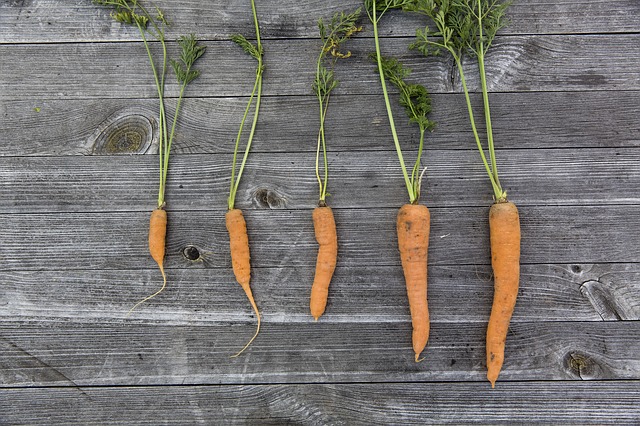There is a starting place for every new gardener. A no-till raised bed method is a quicker and easier way to get the healthiest soil with the least amount of preparation. It doesn’t require breaking your back or the bank either. It will require a bit of ingenuity and good planning however.
Let’s take the most important steps together and get you growing this spring.
1. Pick the perfect spot. You will need at least 6 to 8 hours of sunlight. Monitor areas at different times of the day as the sun changes positions.
2. Forming your raised beds. Use recycled materials like sheet metal, rocks, logs, cinder blocks, bricks, used lumber and even haybales can work wonderfully. Keep an eye out for materials. It is very possible to find a lot of needed items free just for picking them up yourself. Check frequently on sites like Craigslist.
Depending on how much time you have to garden should determine the best size for your raised beds. Keep them manageable for working in them. A good size to start with would be about 2 ½ ft. wide and at least 4 ½ ft. long. They also need to be at the very least 8 inches deep. If you have really hard clay you should consider having them at least 1 ½ ft deep for the best results.
3. Dirt and filling your raised beds does not need to be expensive. You will need to start a compost pile, but it takes time to build up enough material the first year. Go ahead and start saving all of your kitchen scraps, like coffee and tea grounds, egg shells, veggie and fruit scraps, shell fish and fish bones. Check to see if your local beauty or barber shop has hair. Feathers are wonderful too. Add leaves and grass clippings. Find a farm or a friend raising livestock that would be happy to donate manure if you don’t raise your own. Horse, cow, rabbit, chicken, goat are good. You can read more about composting in a previous article that includes a few tips and tricks. Just click here.
The cheapest way to fill your raised beds is to obtain natural organic materials to fill the bottoms like hay, grass clippings, leaves. Line the bottoms with layers of wet newspaper or paper sacks several layers thick. You can then fill them at least half way with the organic materials to get them going. Green materials are best because of the nutrients it will add to your foundation. So if you or a neighbor are mowing…catch the clippings in a bag and dump it straight into the beds.
Now you will need to purchase a good garden mix. A garden mix will contain a soil and compost mixture. The cheapest way to do this is to buy it from a local landscaping company or nursery and buy it by the cubic yard or foot. It will be cheaper than trying to purchase it by the bag at a big box store. If you have a truck or trailer or a friend who does, they will load it for you and it will save you money. Otherwise look to paying a delivery fee. You will find you have saved a ton of money since you have already filled your raised beds half way with organic materials and are now just topping them off with the soil you purchase.
5. Easy to grow plants and companions to start with will be important. Starting from seed is the cheapest and best way to start plants, but for many new gardeners, growing things like tomatoes and peppers can be intimidating at first. Don’t feel bad about purchasing starter plants. Just take caution that they were organically grown and for your gardening zone. Most of your local nurseries are more than happy to help with your decisions.
Don’t over crowd, but well planned raised beds can contain several different combinations of things. Consider what you like to eat and will get the most mileage out of in the kitchen.
I hope to discuss the easiest plants and varieties to start your new garden in a new article very soon. I also hope to discuss more about companion plantings. But for now I hope you will make your plans to get started with a rewarding raised bed garden for a bountiful harvest this summer.
- Wild Dagga Motherwort Medicinal Herb - November 11, 2013
- Grow The Best Organic Lettuce - November 4, 2013
- Amish Hot Pepper Mustard - October 23, 2013



These are some great tips! I tried to start gardening with the tilling and adding organic supplements, etc. Then last year I did a mixture of raised beds and tilling. This year I am going to go to straight raised beds because our soil is so hard and clay-packed and my tomatoes did amazing in the organic soil!
Thank You Aadel. Here is dreaming of a wonderful Tomato Harvest this year!!